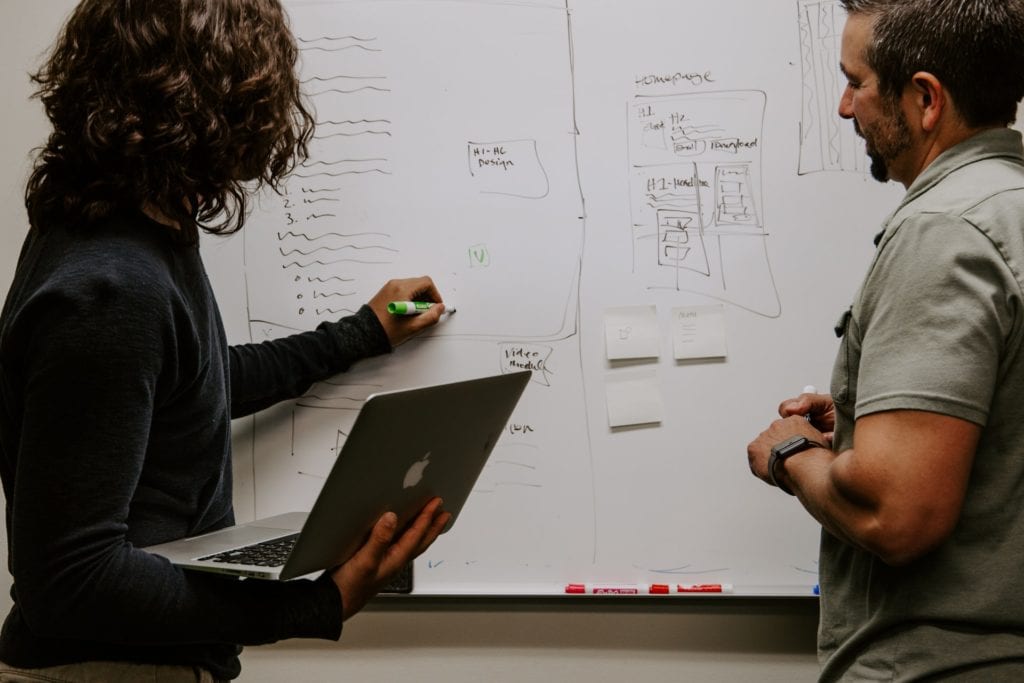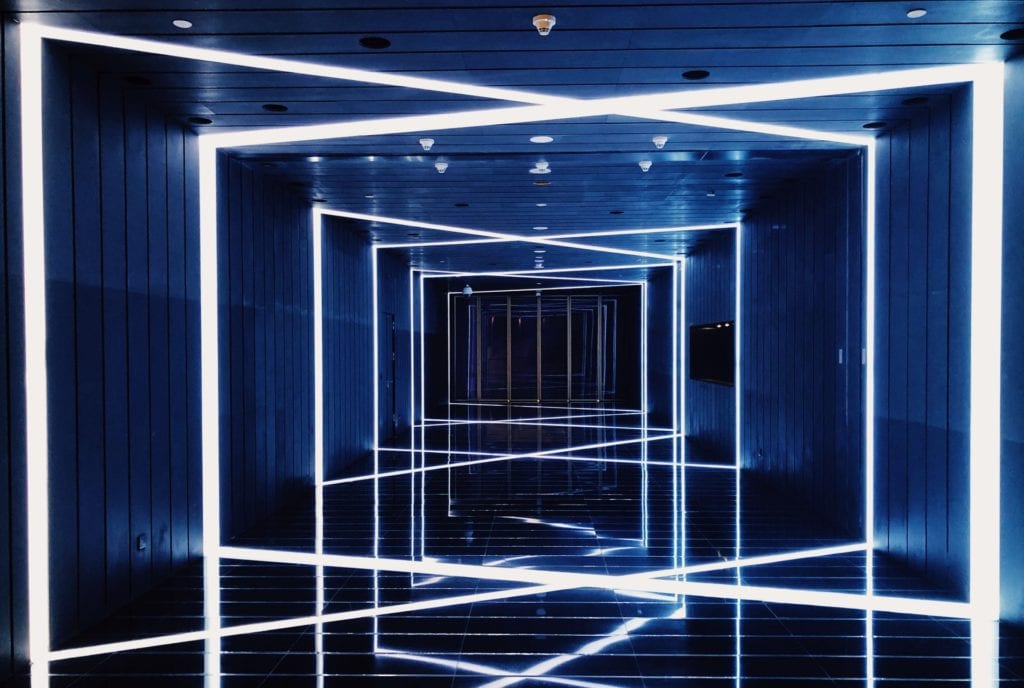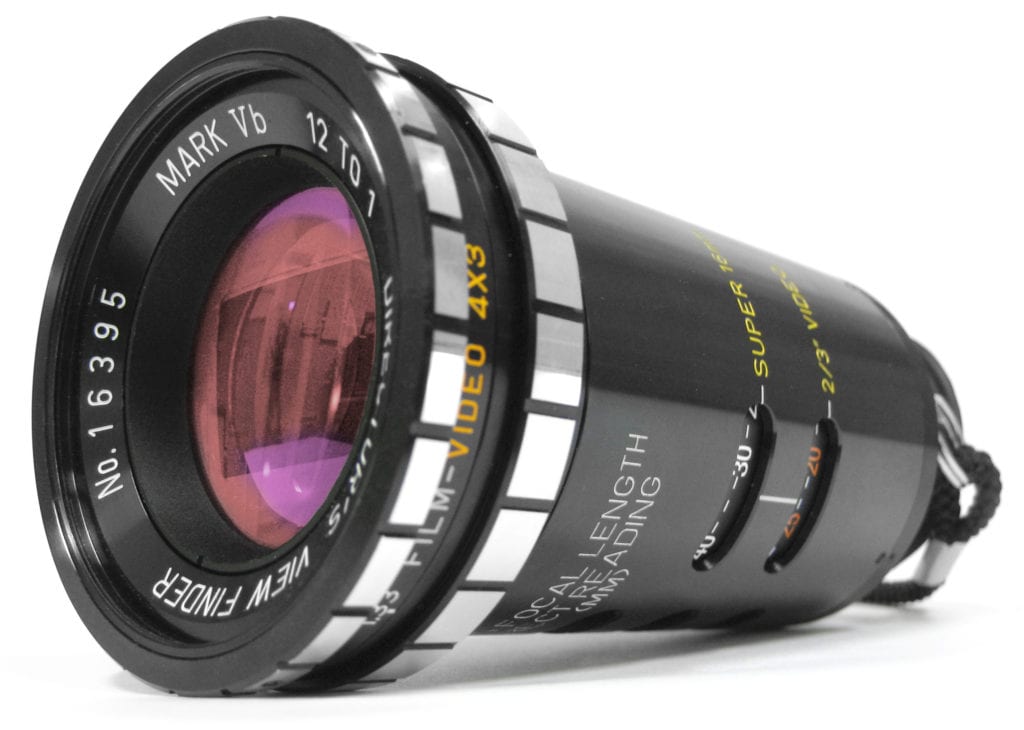7 Ways to Better Communicate with the Director of Photography
Given that your director of photography plays such an integral part in the production of your film, you’re going to want to make sure that you are able to maximize communication with him or her.
Therefore, it is crucial that you find the right person for job, and if you’re looking for funding in order to do that, make sure to check out our funding opportunities!
Furthermore, your cinematographer, or your director of photography (DP), is responsible for ensuring that your vision as the director is accurately brought to screen, so you definitely want to make sure that you’re doing everything you can to make sure you are communicating effectively with this individual.
Let’s go over some ways you and your director of photography can make certain that you both remain on the same page during production.
1. Always Tell your DP the Purpose of the Scene
Although this point will sound obvious, you must keep your director of photography on the same page as you.
If you have a vision in your mind about the way you want your scene to look, you must tell them. Otherwise, it will be left up to your cinematographer to choose how bring your vision to life.
Most importantly, you must tell your cinematographer why you’re incorporating the scenes you are. If they aren’t able to understand why you’re filming something, it would become increasingly difficult to bring your vision to the screen.
2. Establish a Relationship

You may or may not know your cinematographer before beginning your project together, therefore, it is important to establish a relationship before production begins.
Be sure that this is a relationship where you are comfortable talking with one another, especially if you think something is going wrong in production. It is much easier to fix an issue when it arises as opposed to after the scene is finished filming.
Remember: Your relationship can evolve throughout production. Even if it begins with you working more closely with the cinematographer, he or she can gain autonomy as production continues.
As production progress, so does your relationship.
3. Have a Working Knowledge of Photography
Although you aren’t the one operating the camera as the director, it is imperative that you have an understanding of how the camera works.
Off the bat, you should be aware the meaning of things like the aperture (the opening of a lens which allows light in) and the lens length of your camera.
Even though you aren’t the one operating these things, knowing what they do and how they work will allow for you to better explain to your cinematographer what your vision is and also best understand why he or she is doing what they’re doing.
4. Know What the Different Lenses Do
Similarly, you should have an understanding of how the camera lenses work.
Much like having knowledge of how the camera itself works, if you know how the lenses will capture the room, it will be most efficient in communicating your vision to your cinematographer.
5. Be Specific When Talking About Lighting

If you have a clear vision in your mind and a clear plan in place with your cinematographer before production begins, it will bridge a connection between you and director of photography.
When asked about what makes a director of photography’s job more efficient, cinematographer William DeJessa referenced how important pre-planning is, naming lighting plans specifically.
Although it sounds like something that could be decided upon on the fly, it is imperative that you have a clear plan in your mind regarding lighting patterns as this will not only alleviate stress and save time, but also help to set the tone and mood for your film.
6. Utilize a Light Meter
When working with your gaffer (the head of your lighting department), it is helpful to have light meter (and colored meter), says DeJessa.
Utilizing a light meter is particularly helpful, as it will assist you in making sure your light is right when you are filming, especially if there are multiple types of light in your shot.
7. The Director’s Viewfinder

Make use of the director’s viewfinder so that you are able to set your focal length, film size, and aspect ratio without actually moving the camera.
DeJessa points out that you are able to check out different angles without actually moving the camera if you use a director’s viewfinder.
Moving the camera can be laborious and time consuming, but with the director’s viewfinder, you are able to easily find out what works and doesn’t work for your shot.
If you’re ready to begin production but looking for funding and resources, take a look at our contests, and thank you to William DeJessa for lending us insight into the job and life of a cinematographer.